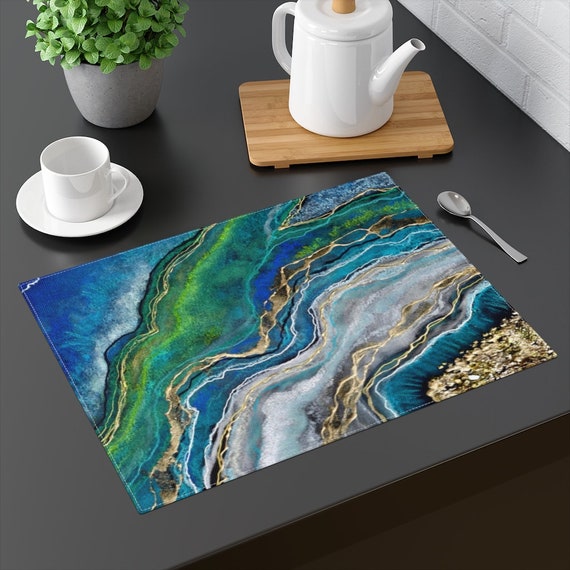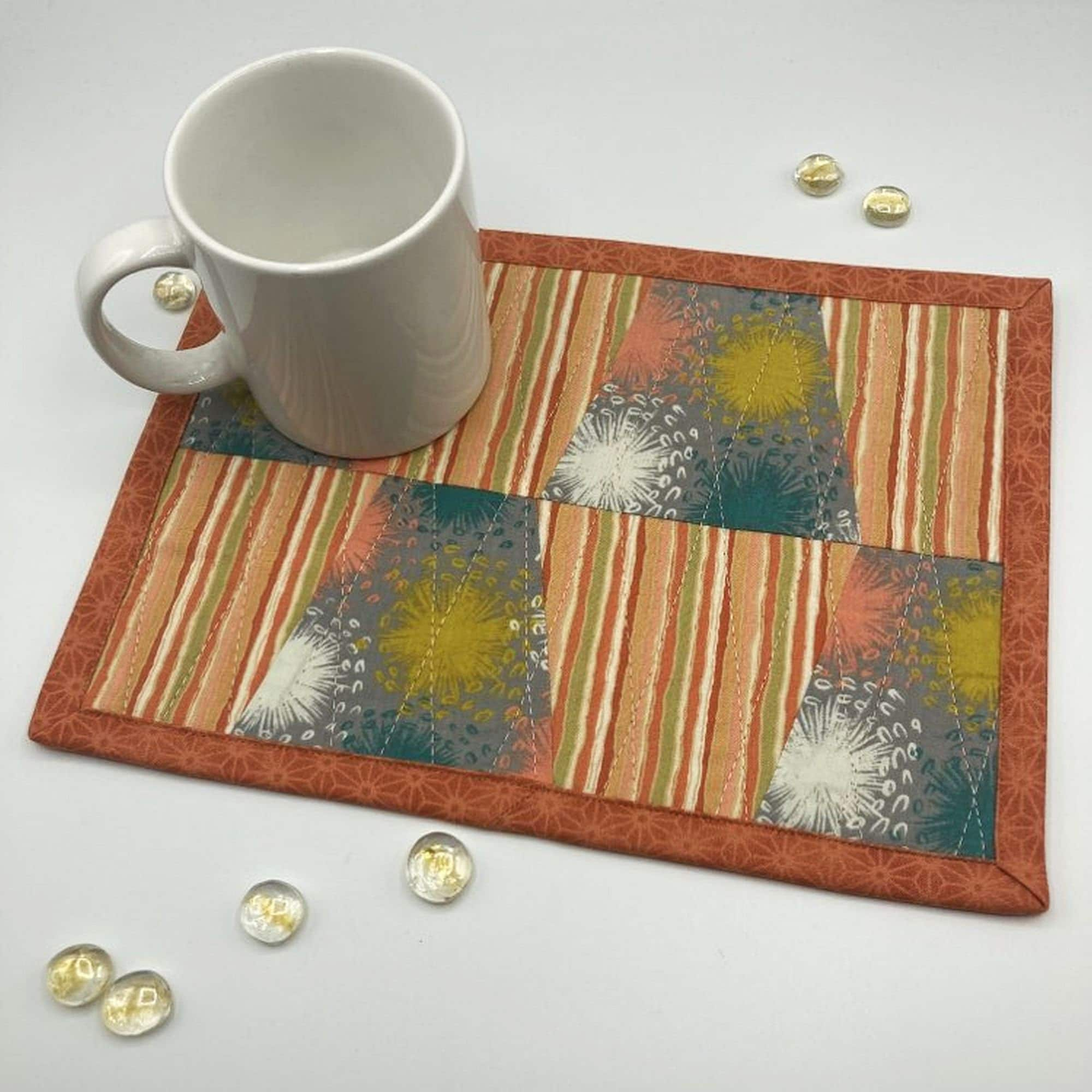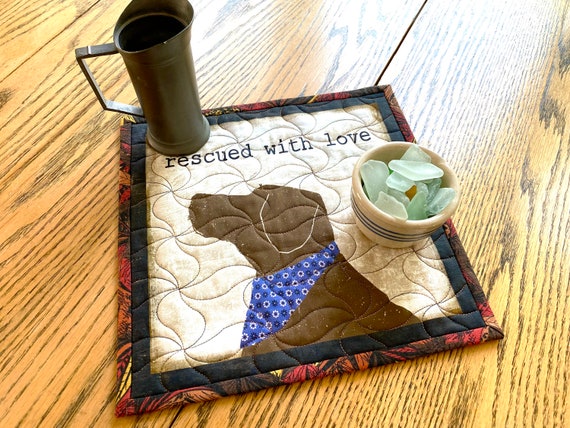The Best Guide To Unique Art
Table of ContentsThe Of Unique ArtFacts About Unique Art RevealedGetting The Unique Art To WorkThe 20-Second Trick For Unique Art
While one could question which art kind holds precedence, the truth remains that each of these 7 kinds supplies an unique window into human background, society, and evolution. They are the tapestries that chronicle our journey, advising us of our past while inspiring visions for the future.Fantastic artwork narrates, makes people look twice, and produces a special experience that can not be matched. Art and pictures connect every one of that through shade, shape and other layout components. Find out how to make your special art work attract attention from the crowd.

8 TRIA GIOVANEqual parts grand and laidback, this entrance hall created by Anthony Baratta is the excellent blueprint to follow if you're decorating a formal entry that still really feels unfussy and comfy. Formed textiles take spotlight (see the carpets and the couch), yet they likewise aid bring the high ceilings to a human range when hung over wallpaper.
Not known Details About Unique Art
18 Heidi Caillier DesignA gallery wall doesn't require to take up the whole area. In reality, often a tiny one can make a larger style declaration. In this living-room, Hiedi Caillier chose for micro-mini frames and an arbitrary make-up. Promotion - Continue Reading Below19 Stephen Kent JohnsonDesigner Juan Carretero went with a deep green paint color to contrast with the light timber surfaces.
, the expression of ideas and emotions, with the development of specific visual qualities, in a two-dimensional aesthetic language. The components of this languageits shapes, lines, colours, tones, and texturesare made use of in numerous methods to produce feelings of volume, room, motion, and light on a flat surface area. These elements are integrated right into meaningful patterns in order to represent genuine or mythological sensations, to translate a narrative theme, or to produce completely abstract visual connections.
Later on the notion of the "great musician" developed in Asia and Renaissance Europe. Popular painters were managed the social standing of scholars and courtiers; they signed their work, chose its design and frequently its subject and imagery, and developed an extra personalif not always amicablerelationship with their clients. Throughout the 19th century painters in Western cultures began to shed their social placement and safe patronage.
The 15-Second Trick For Unique Art
Others made an earnings via exploring exhibits of their job. The requirement to attract a market had changed the comparable (if much less impersonal) needs of patronage, and its impact on the art itself was most likely similar also. Normally, artists in the 20th century could get to an audience just through industrial galleries and public galleries, although their work might have been periodically recreated in art periodicals.

Don't copy the design of other musicians if you're searching for your style. Copying other individuals's art work can be fantastic in academic functions but it will certainly not make you closer to finding your own one-of-a-kind design. Your artistic style needs to be, what you like and what inspires you.
I would consider your own style as a design you paint in naturally, when you allow go of all thoughts and guidelines and simply concentrate on painting, not thinking of it. Unique Art. The design needs to come naturally to you when you are relaxed and you can't require it or it will not be your very own style, just somebody else's
Unique Art - An Overview

With time you'll be able to sort all of them right into your preferred and least favored classifications. Try to concentrate your focus on the subjects and mediums that you like and prior to you see it coming you'll have your own personal and special style, like no person else have! So ultimately you'll have a couple of preferred based on paint and maybe a couple of preferred mediums.
The style has to index establish itself gradually with a great deal of technique and experiments - Unique Art. Thanks for reviewing this message and helpful resources if you have any type of questions leave them in the comments below, I 'd enjoy to address these
Comments on “The Single Strategy To Use For Unique Art”